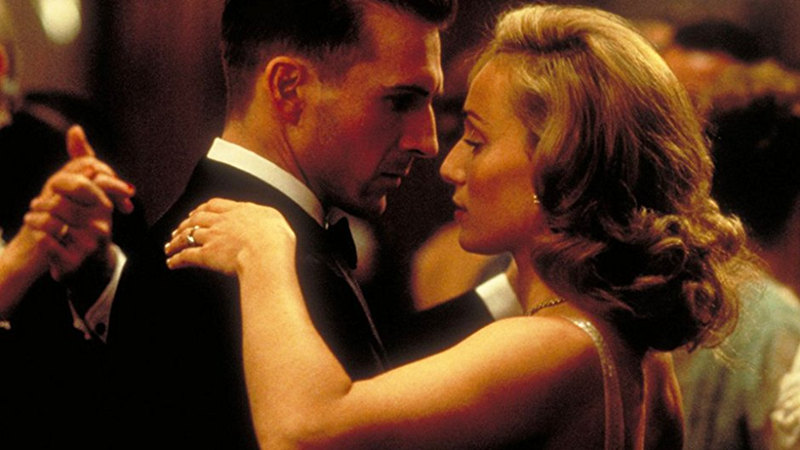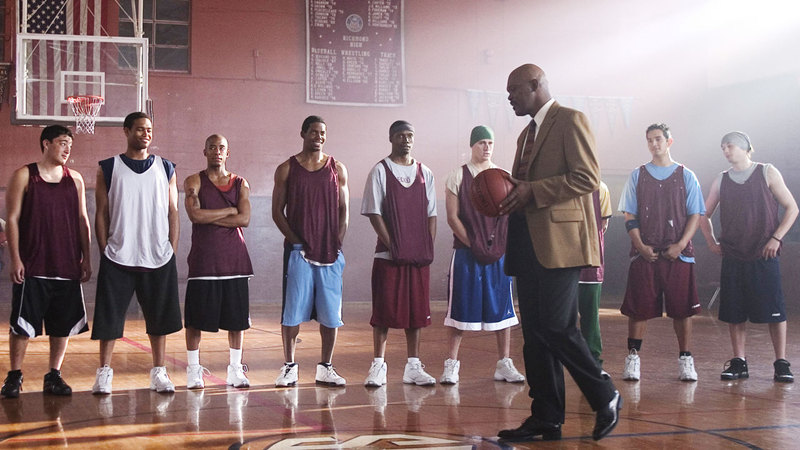Men in the pre-Internet era sure were desperate for porn. Exploitation master Kroger Babb was keenly aware of that fact when he bought the rights (well, sort of) to a film by a still relatively unknown Swedish director named Ingmar Bergman, trimmed it by a half hour, and released it under the saucy title “Monika, The Story of a Bad Girl!” in 1955.
Based solely on one brief and artfully filmed skinny dipping scene and a couple of shots of jailbaity star Harriett Andersson in a bra (which made for some strategically effective posters), Babb was able to pack American theaters with men who at the very least had to be relieved they no longer had to get their kicks from watching “educational” movies about venereal disease and child birthing. “The Story of a Bad Girl” was, at first, a bigger hit than Bergman’s original cut “Summer with Monika” (1952), but that would soon change when interest in Bergman began to rise with mid-50s arthouse breakouts such as “Smiles on a Summer Night” (1955) and “The Seventh Seal” (1957).
“Summer with Monika” didn’t leave trenchcoated men much reason to sorrowfully wank in the back row, but this “legitimate” cut still carries an erotic charge built around the charms of its young star. Bergman was smitten by young Harriett Andersson when he saw her in Gustaf Molander’s “Defiance” (1952) and felt she was the only woman who could embody the sultry Monika of the popular novel by Per Anders Fogelstrom. Andersson would, of course, go on to be one of Bergman’s greatest stars, as well as one of his earliest muses (they fell in love during filming, and it’s easy to view the movie as a document of the director’s powerful lust for his leading lady), but she never had a better opportunity to showcase her naturalistic sex appeal.
Monika (somewhere around 17 years old) may or may not be a bad girl, but she is certainly a willful young woman who is tired of her claustrophobic home life in an apartment packed to the rafters with mewling young siblings and a drunk, abusive father. It’s no wonder that she jumps at the chance to run off with teenaged Harry (Lars Ekborg) to a remote island where they ignore all of the responsibilities of the world and live almost exclusively off the heat of each other’s considerable passion and a few stolen apples.
The magical summer (as in “Summer Interlude,” shot in luminous sun-drenched black-and-white by Gunnar Fischer) is just as tenuous as the rickety boat that serves as their floating home, but Monika proves remarkably resourceful in her efforts to extend their escape as long as possible; keeping Harry motivated with that infamous skinny-dipping scene is certainly a good start. As is often the case in Bergman, however, nature cannot be denied, and both the arrival of colder weather as well as a bun in Monika’s oven forces the couple back to Stockholm where life seems even more restrictive than before.
At this point, it’s up to the viewer to decide if Monika is a “bad girl” or not. Monika chafes at domestic life and she is unwilling to function in her societally ordained roles as either wife or mother. She’d rather hit the night clubs and sex up the boys like she used to, and so she does as she pleases. If the lithesome and sexually receptive Monika had previously seemed like a male fantasy construction, she now refuses to be anybody’s object of anything, neither desire nor pity. Some find her ultimate rebellion bracing, but viewers at the time may well have seen the final scenes as evidence of Monika’s status as a “fallen woman.” In any case, brave but somewhat dull Harry is left clutching onto his little bundle of joy and his memories of a summer that will become more distant and bittersweet with each passing year. Not exactly what you’re looking for in a good porno, of course, but you get your kicks where you can.
Video:
The film is presented in its original 1.37:1 aspect ratio. From Criterion, “The new digital transfer was created in 2K resolution on an ARRISCAN film scanner from the original 35 mm camera negative.” Every now and then it appears that a scene hasn’t quite been given as significant a restoration as its companions, but overall this 1080p transfer is excellent with sharp b&w contrast and image detail throughout. The film grain is preserved nicely and we get to enjoy the contrasts between Fischer’s desultory footage in Stockholm and mythically beautiful photography on the lovers’ island paradise.
Audio:
The linear PCM Mono audio track is distortion-free as far as I can tell, andthere’s not much more to say about it. Optional English subtitles support the Swedish audio.
Extras:
The disc starts with another Ingmar Bergman introduction (4 min.) conducted by Marie Nyrerod for Svensk TV in 2003. Criterion has included a few of these on other releases. While everyone will enjoy seeing the master speak about his films, he doesn’t really have much to say beyond “Hey, let’s watch the movie!”
Criterion has included a new interview with Harriett Andersson (24 min.), conducted in Stockholm in January 2012 by Peter Cowie. Andersson has a lot to say about some the choices she was asked to make by a director who had fallen madly in love with her.
“Images from the Playground” (30 min.) compiles behind-the-scenes footage shot on 9.5mm by Bergman on the set of a few of his films in the 1950s. The footage is silent and is accompanied by archival audio with Bergman, Harriet Andersson and actress Bibi Andersson. I didn’t find it interesting enough to watch all the way through, but it’s a neat curiosity.
“Monika Exploited” (12 min.) is an interviews with Eric Schaefer about Kroger Babb’s appropriation of the Bergman film into the exploitation flick “Monika, The Story of a Bad Girl.” This feature is a pretty straightforward presentation of the facts, but viewers might be disappointed not to have the actual Babb-produced film included.
The collection wraps up with a Trailer (2 min.)
The 28-page insert booklet includes an essay by film critic Laura Hubner, a gushing review by Jean-Luc Godard (originally published in the July 30, 1958 issue of the French publication “Arts”), and a self-interview about “Monika” conducted by Bergman, translated by Birgitta Steene.
Film Value:
A while ago I theorized that Criterion must surely be reaching Bergman saturation, but that was about a hundred Bergmans ago. Give or take a few. It would have been nice to get “Monika, The Story of a Bad Girl” included here (but see the YouTube clip from Criterion at the top of this page), but perhaps rights are tied up. We’ll have to settle for the Bergman version and I don’t think anyone will complain; solid extras and the usual excellent transfer are a nice bonus. Criterion has also just released Bergman’s “Summer Interlude” on a no-frills Blu-ray.


